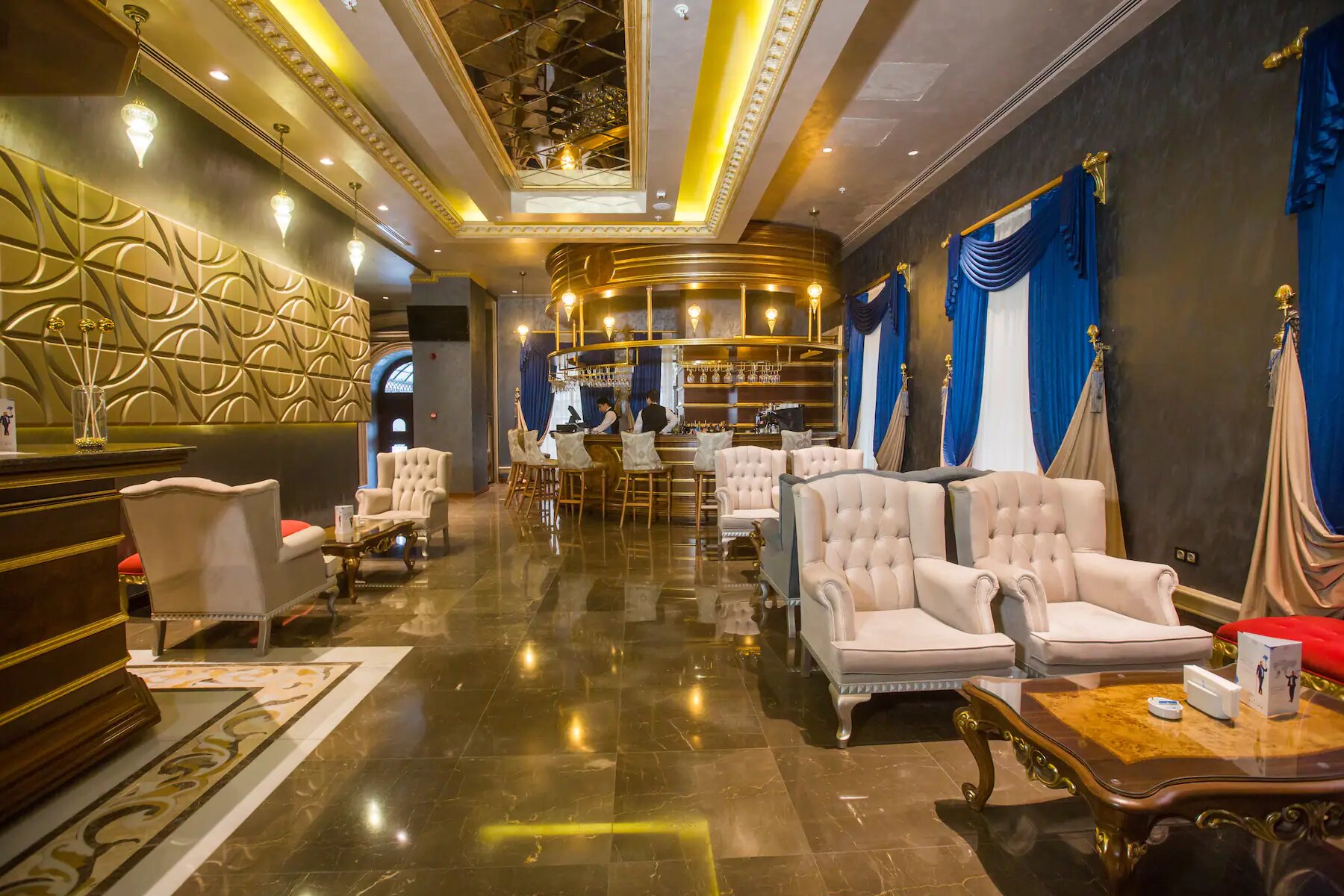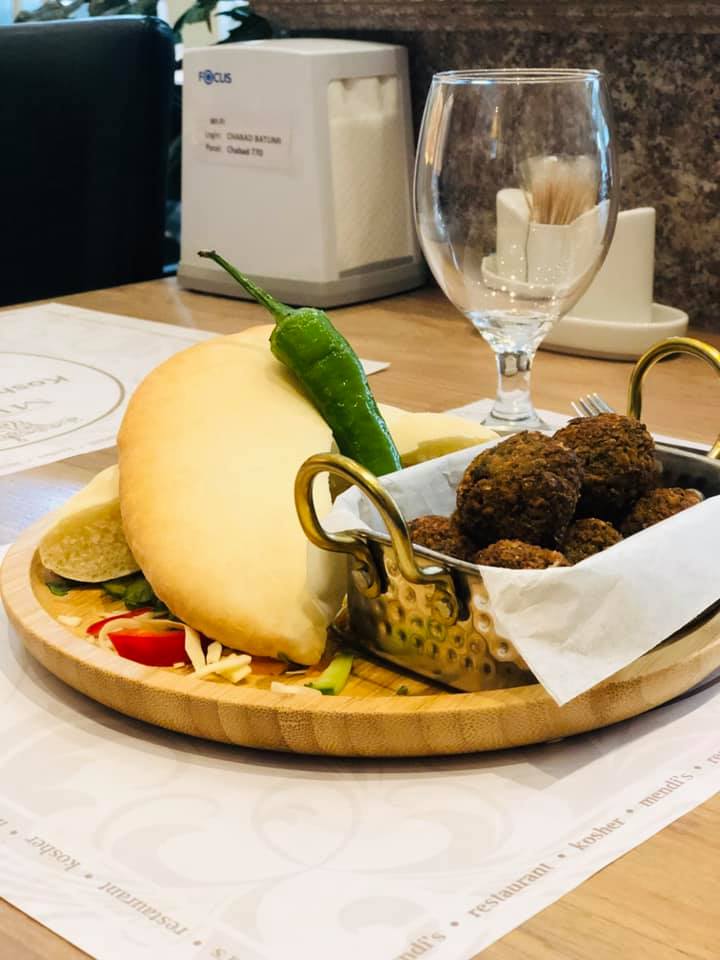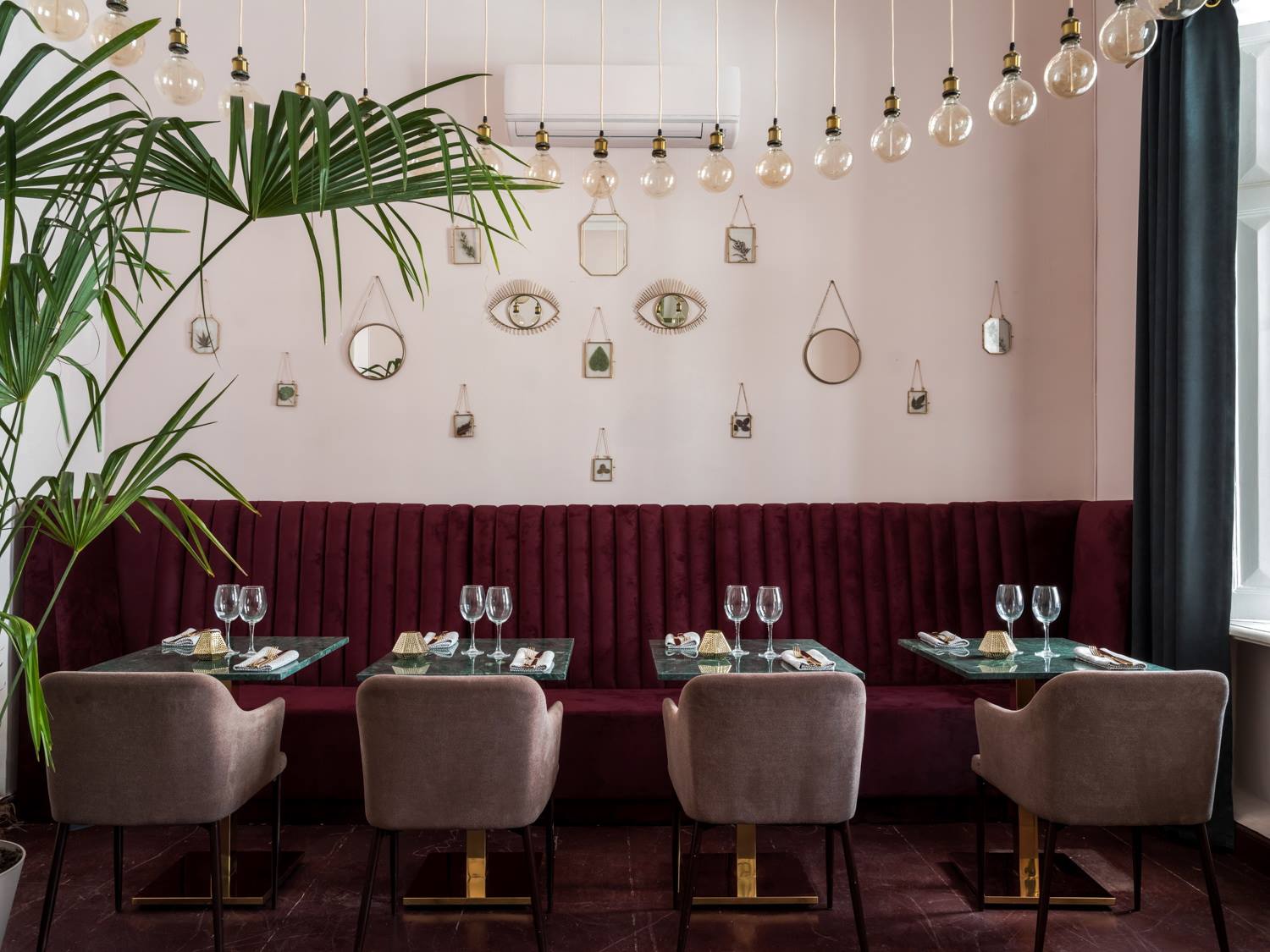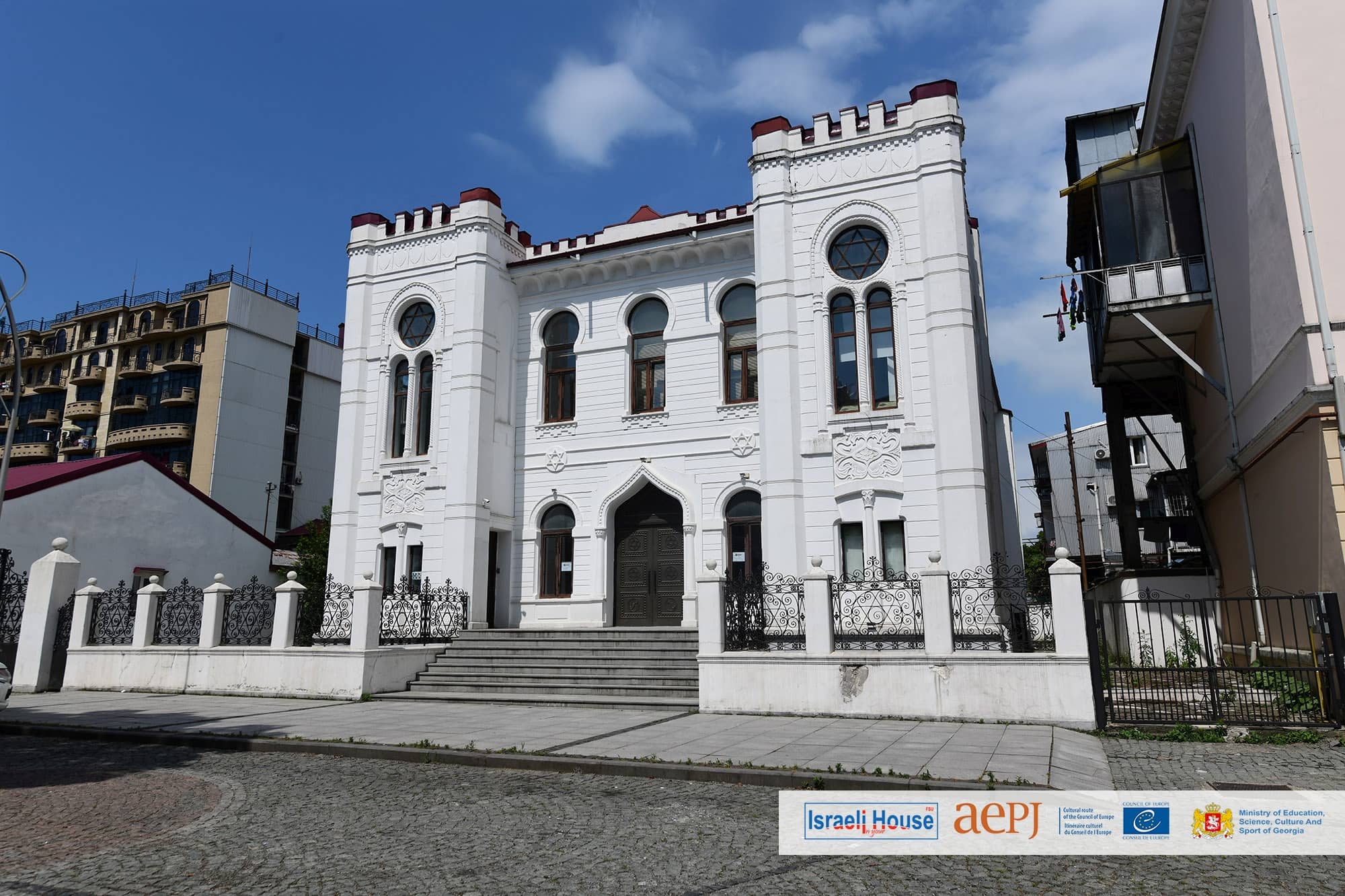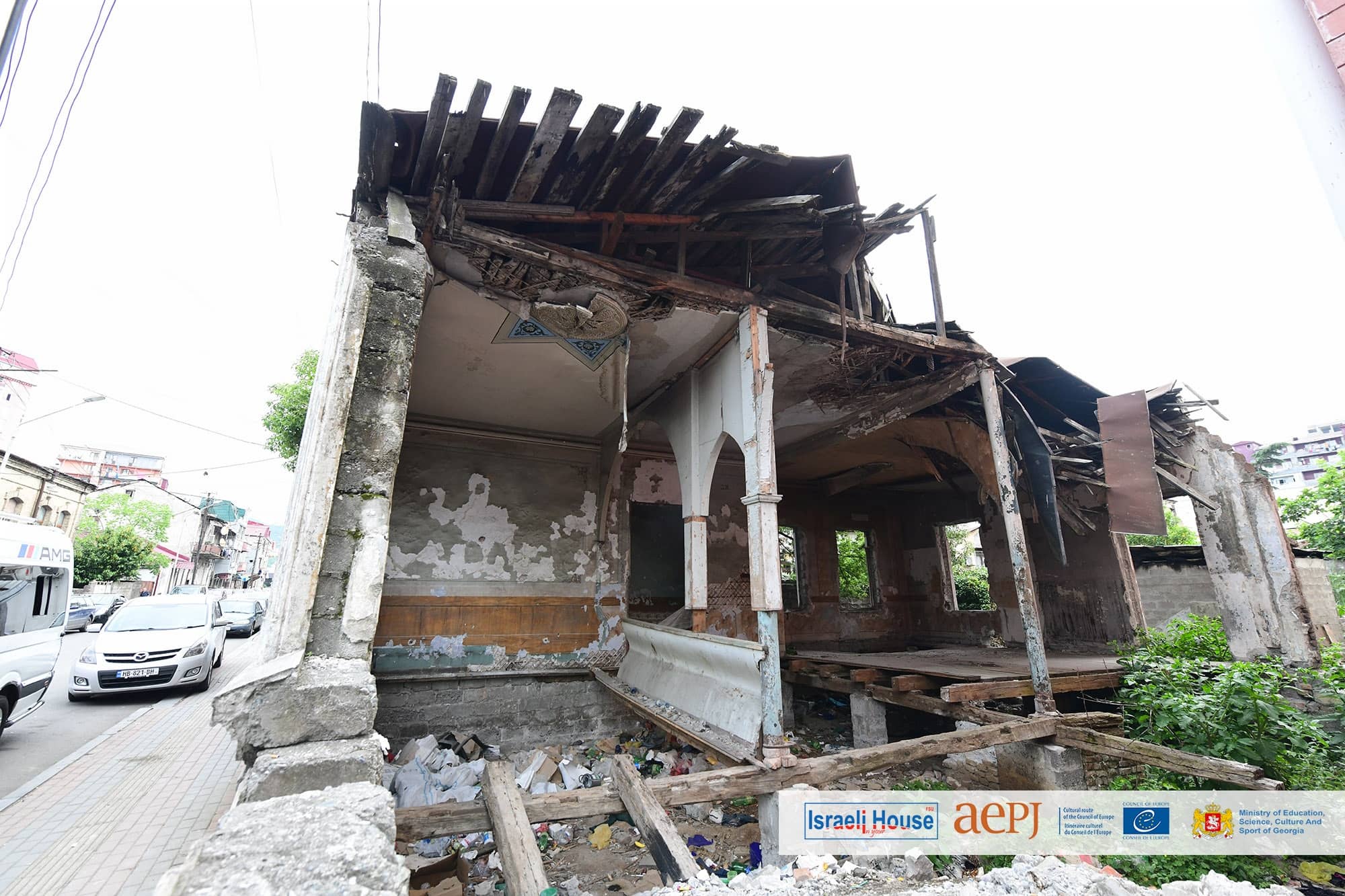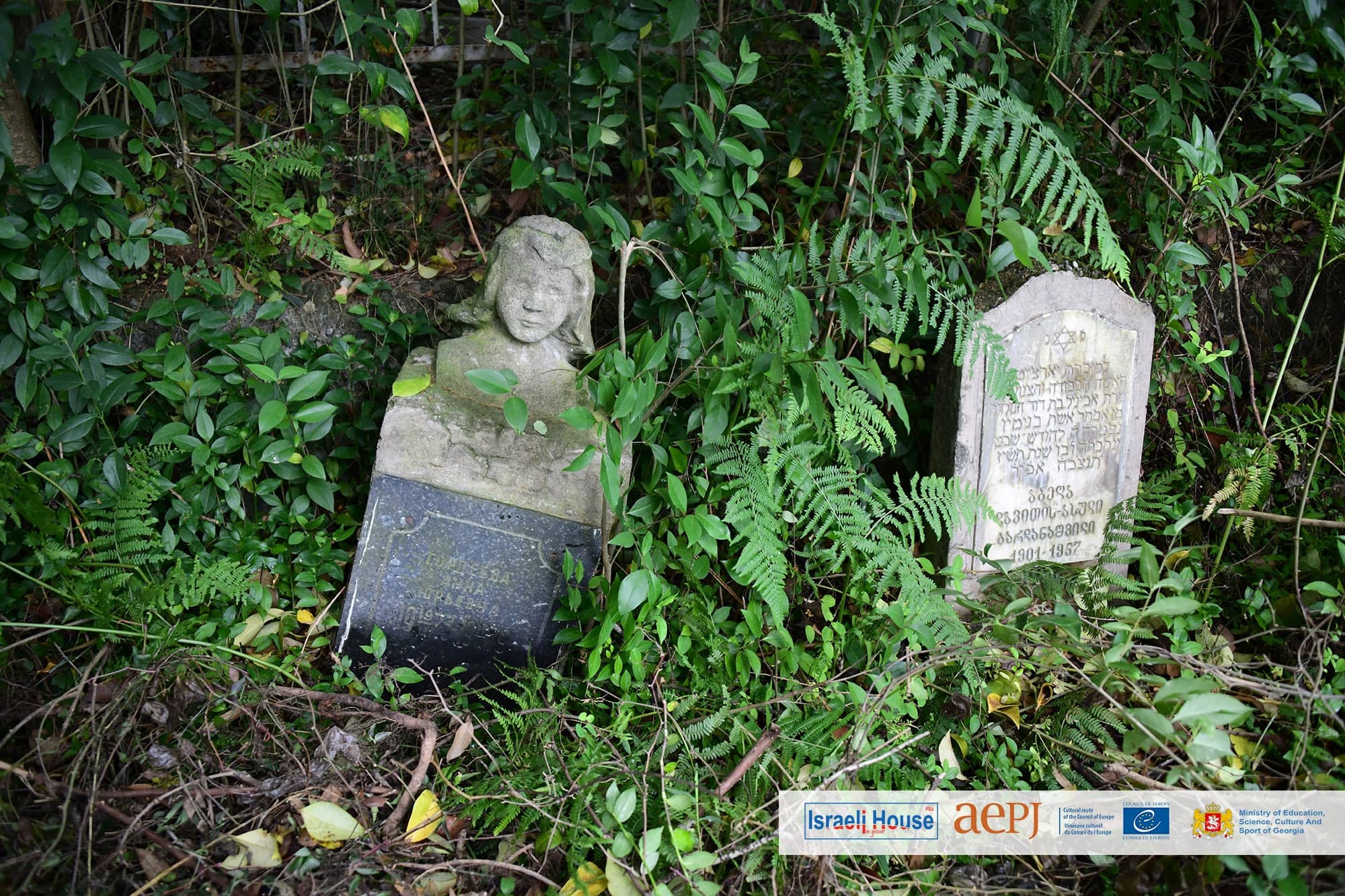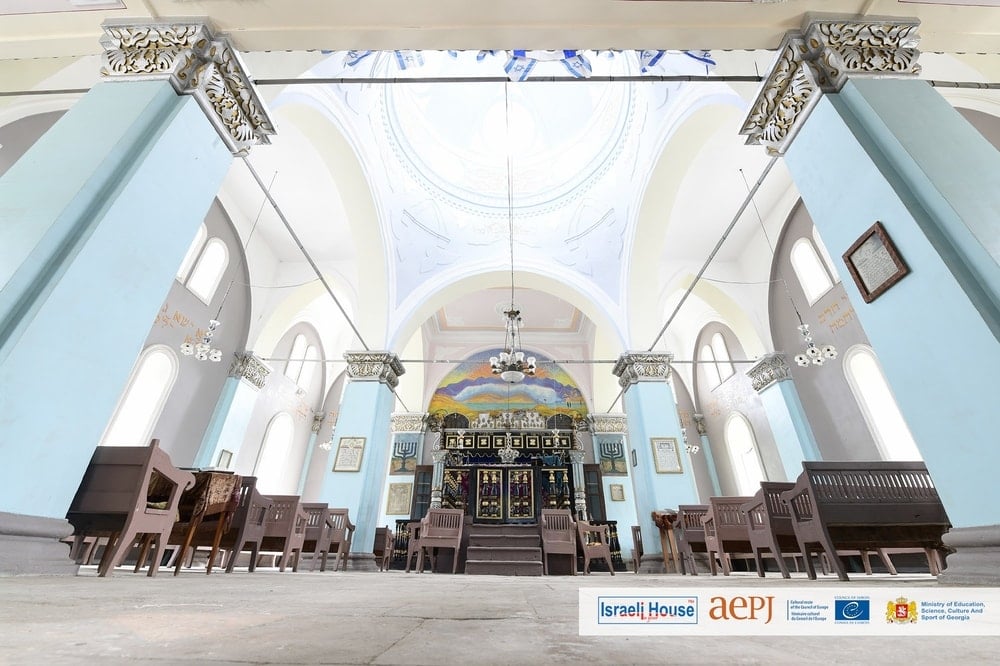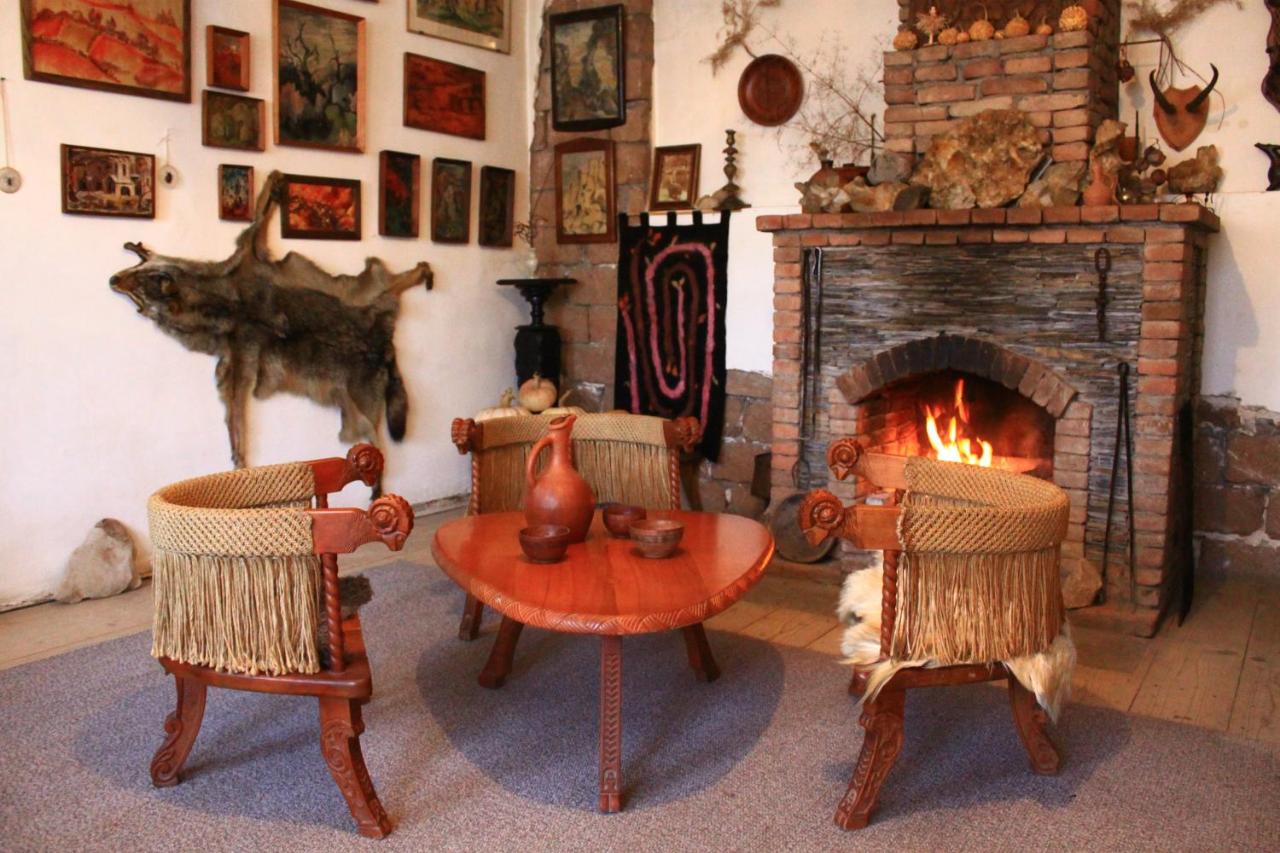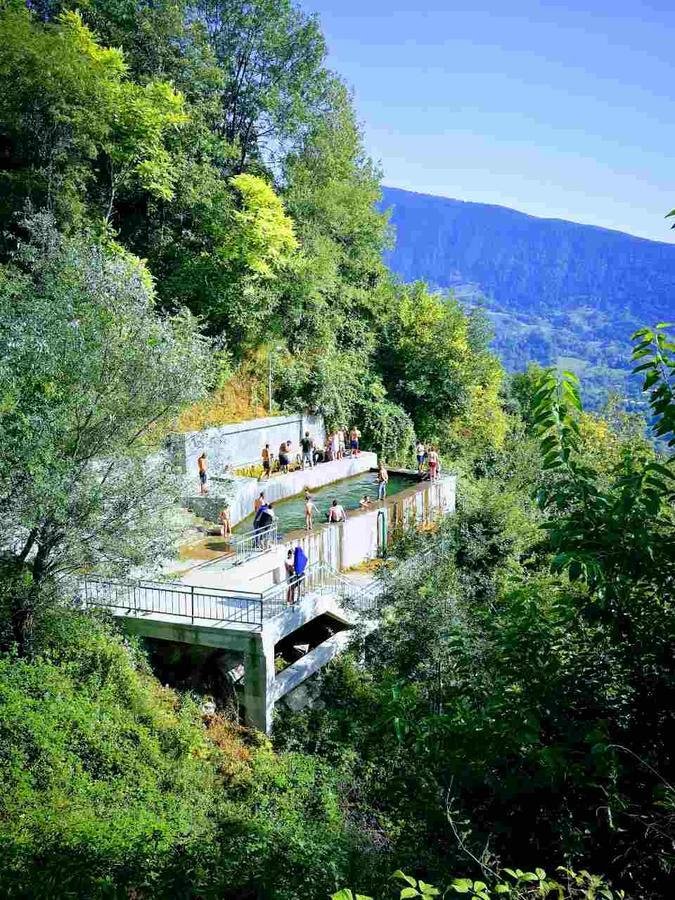Let your gaze wander across breathtaking mountains and majestic sea views framed by the guest room windows of this stylish hotel in the center of Old City. They offer upscale amenities, a full-service spa, casino, indoor heated pool, well-equipped fitness center, as well as an exquisite top-floor lounge and restaurant.
Archives: Directory listings
Directory listings
Haba Eat
Haba Eat is an Israeli restaurant in the center of Batumi selling a variety of Middle Eastern dishes including hummus, falafel, sabich, and shakshuba!
Mendi’s Kosher Restaurant
Mendi’s is a kosher restaurant in the heart of Batumi serving a variety of dishes and desserts.
UOLLI Restaurant
Georgian restaurant with authentic interiors and cosy courtyard in the real heart of Batumi. Amazing wine cards from Kakhetian old wine cellars, rich bar menu and craft beer Georgian and European kitchen menu from the one of the best Georgian Chief.
Batumi Synagogue
At the beginning of the 20th century, with the permission of the Emperor Nicholas II of Russia Construction of the “Ashkenazi” stone synagogue started, which was completed in 1904 under the guidance of architect Semion Vulkovich. It was analogous to the synagogues of Amsterdam and The Hague. During the Soviet era, the building was used for various purposes. In 1993, the synagogue was handed over to the Jewish Diaspora again. Jews mostly visit the synagogue on Saturdays and holidays. The Batumi Synagogue is also frequently visited by tourist groups who come from Israel.
Batumi Old Synagogue
The synagogue, which was built in Batumi, 9 March St, at the turn of the 19th and 20th centuries, has been abandoned for several years and it is on the verge of collapse. The building got damaged in 2015 after the company named “Inshaat” started building a tall apartment complex next to it. The building was granted the status of a cultural heritage monument on 25 September, 2018 and is under the care of “Cultural Heritage Preservation Agency of Adjara”.
Jewish Graveyard in Batumi
The Jewish Graveyard in Batumi is located in the Beenze district, next to Georgian cemeteries. It has been around for a century and a half and it is still active nowadays. Some of the graves are well maintained.
The Jewish Story of Oni, Georgia
Oni, located in western Georgia, is a town in Racha-Lechkhumi and Kvemo Svaneti region and is surrounded by high mountains. Oni Jews inhabited the city in the 18th century after the annexation of Georgia by Russia. In old times a lot of Jewish families lived there; at some point Oni was the most inhabited Georgian region by Jews. In 1972 the Jewish population was 3500.
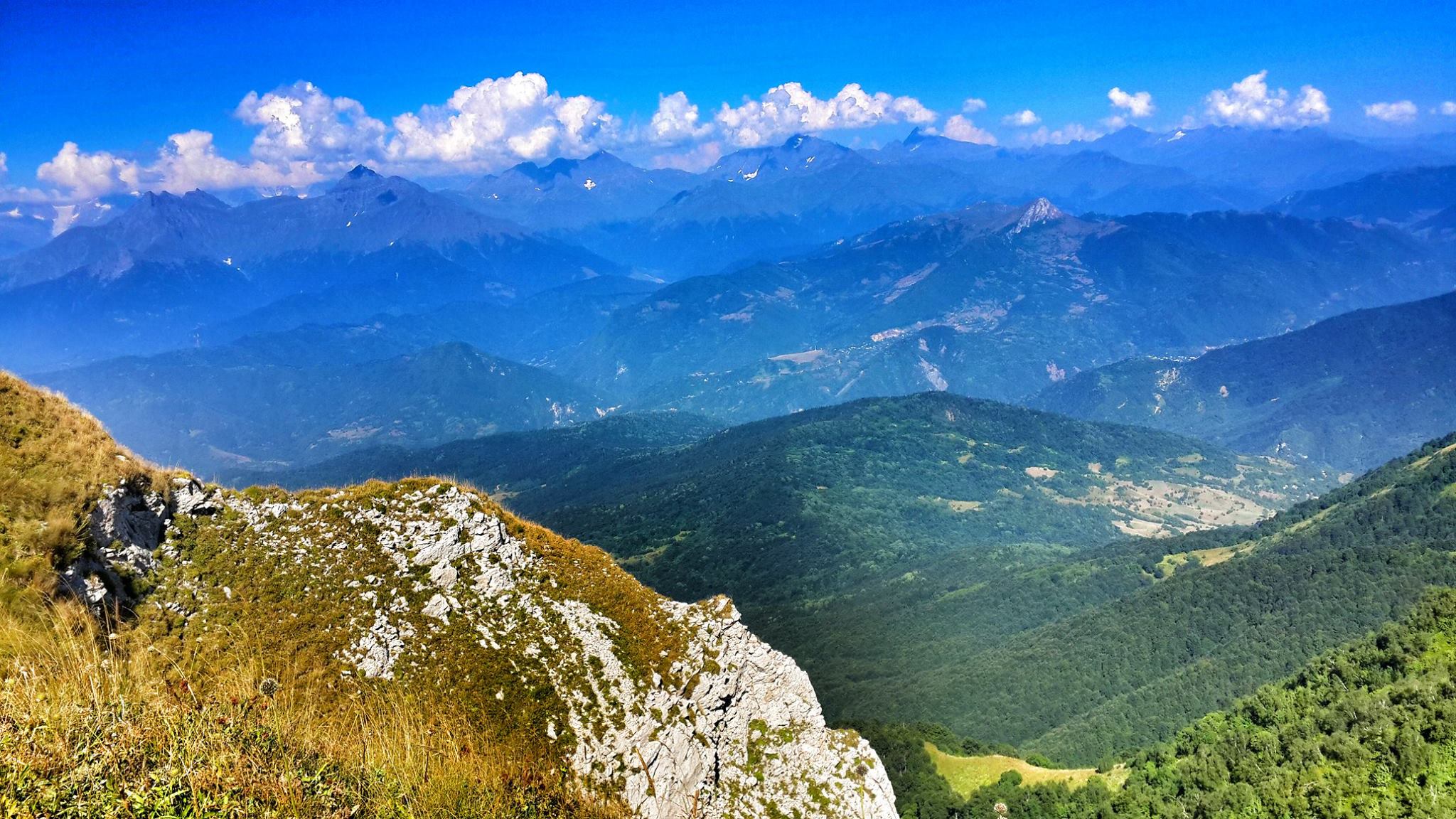
Despite post-Soviet tendency towards migration, Oni still retains a small number of Jewish families – remnants of once powerful and large historic Jewish communities. Some of Jewish inhabitants are a part of one big family: Abraham and Simon are cousins. The main Street of Jewish district is called Baazov Street, where David Baazov used to live in 1903-1923 years; today this street is on the verge of destruction. David Baazov became the Rabbi of Oni, in 1904, after he returned to Georgia from Slutsk, where he studied.

Baazov founded Jewish public school in Oni, where he employed two qualified teachers from Russia. The school developed and became very popular among Jews of Oni; but after the revolution in Russia, the teachers left the school, which led to the downfall of the education center. The son of David Baazov, Gerzel Baazov, a Jewish-Georgian writer, was born on the same street in 1904. Except for Baazov street, there are three other districts which were mainly inhabited by Jewish communities: Vakhtang VI St. Kirovi St. and Chachashvili St. Apparently Michael Chachashvili used to be a Jewish doctor.
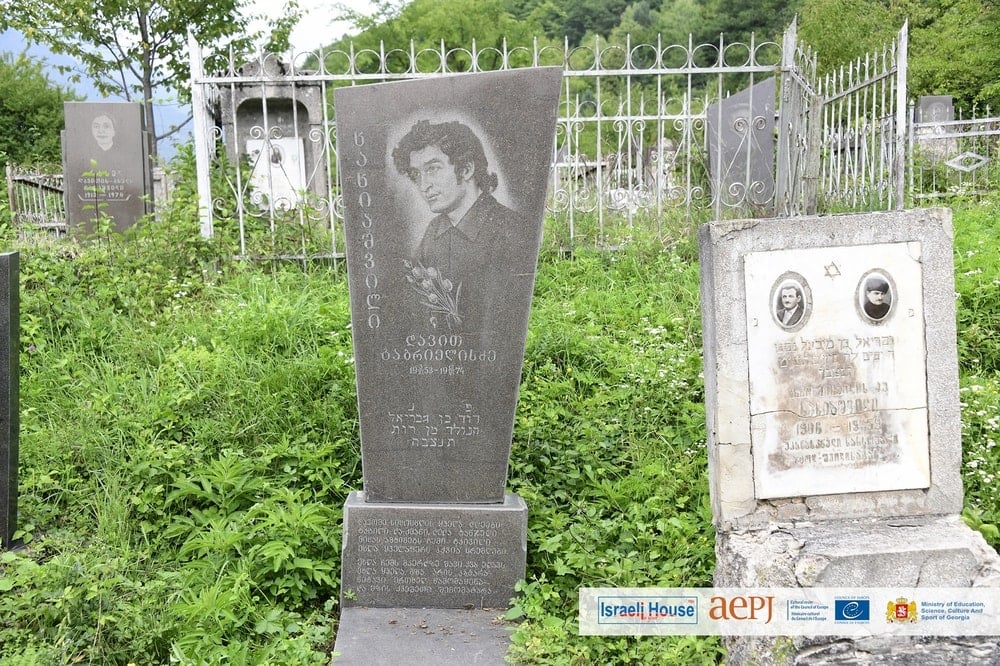
Jewish families managed to get permission to leave The Soviet Union and go to Israel in the 70s; they protested in Moscow and opened a way for many other Jews to follow their path. This process got much better once Eduard Shevardnadze became the Minister of Foreign Affairs of Georgia. The immigration process started in 1968 and ended in the 90s. Today many families who used to inhabit Oni visit during summer and even stay at their former homes.
Guest House Gallery
This guest house is located in the centre of Oni, near the forested area, 200 m from the Rioni River. It features handmade furnishings designed by the host and is decorated with paintings created by his wife.
The bright rooms at Gallery Guest House offer rustic-style interiors and traditional Georgian décor. Some rooms have a private bathroom, and the shared facilities are in the hallway.
Homemade traditional Georgian meals can be served upon request, including homemade wine (produced in Qvevri) and Chacha, produced in the guest house’s wine-vanult.
Guest House Gallery provides free bikes. The large, picturesque garden of the guest house includes various fruit trees and flowers. Guided hiking tours to the picturesque waterfalls, lakes and caves of the Racha Region can also be organised for guests.
Kutaisi Airport is 120 km from Gallery Guest House. Property offers shuttle services with an additional charge.
Guest House Okronishi
Guest House Okronishi, located 0.3 miles from Spring pool, features free WiFi in the rooms. The venue comprises 9 rooms. The hotel offers free parking on site.
Located in Lailashi, this property is a 70-minute drive to Borjomi. Within a 30-minute drive of the accommodation, guests can visit Ushguli.
